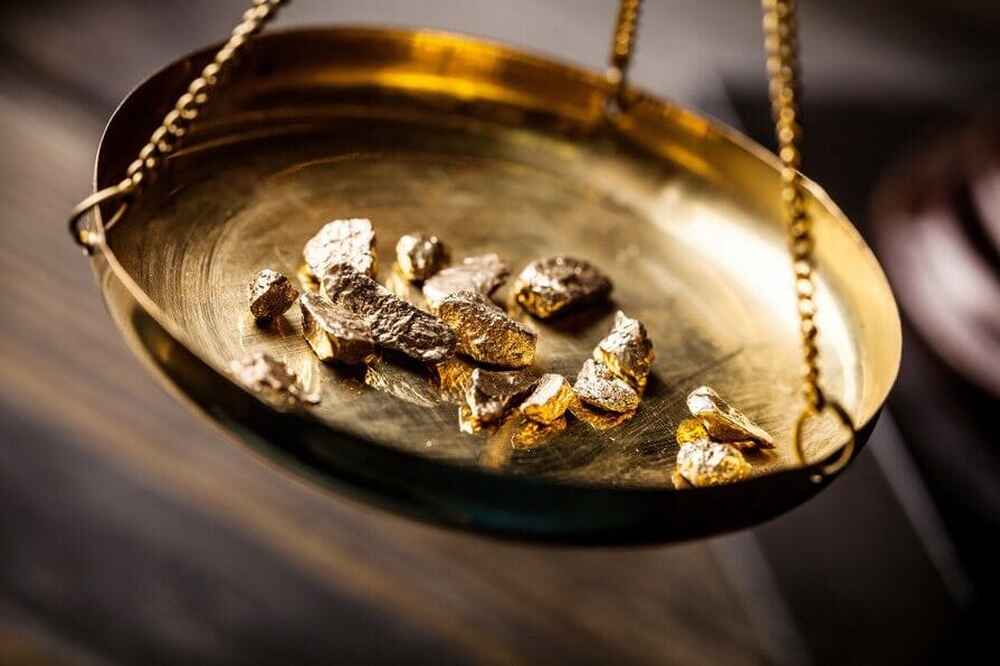Precious metals: stable value investments for long-term security
Precious metals are distinguished from base metals by their resistance to corrosion, i.e. precious metals do not react with substances in their environment, such as water or air, at room temperature. Therefore, unlike iron, precious metals cannot oxidise or rust. Only silver shows a slight reaction with hydrogen sulphide, forming a thin layer of black silver sulphide over time. However, the silver remains undamaged and the sulphide can be removed again with the right silver care.
Hydrochloric acid cannot damage the structure of precious metals either. Another property of precious metals is that many of their chemical compounds are not heat-resistant. Silver oxide, for example, decomposes back into silver and oxygen when heated.
Precious metals are fascinating: By their brilliance and their agelessness. That is why they have been used in jewellery making for over 6,000 years. Furthermore, gold and silver are easily bendable materials that have only a low Brinell hardness (the unit used to define the degree of hardness) and can be processed even when cold. Precious metals, however, can be heated and cast just like other metals. Gold also stands out from other metals because of its special colouring.
Gold and other precious metals are without question a safe investment. But why? The answer is simple: precious metals are rare and have to be mined laboriously, so they have an intrinsic value. Unlike securities, this makes gold a financial investment without default risk, although the gold price is subject to fluctuations due to changing demand.
Silver and gold coins were already used as means of payment in ancient times due to their intrinsic value. Until 1929, the gold standard was still in force in many countries worldwide, i.e. the currency consisted either of gold coins or banknotes that could be exchanged for gold. Currently, the price of gold per fine ounce is about 75 times higher than the price of silver. Platinum was even more expensive than gold at times, but currently gold is once again the most valuable precious metal. You can read more about this in History of Gold.








